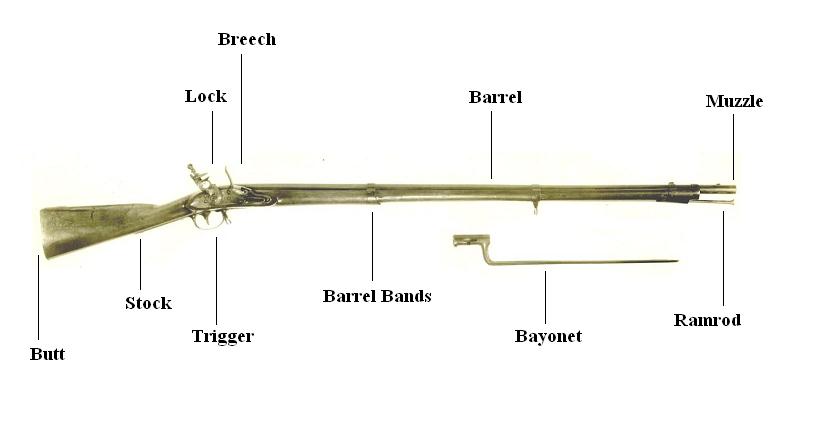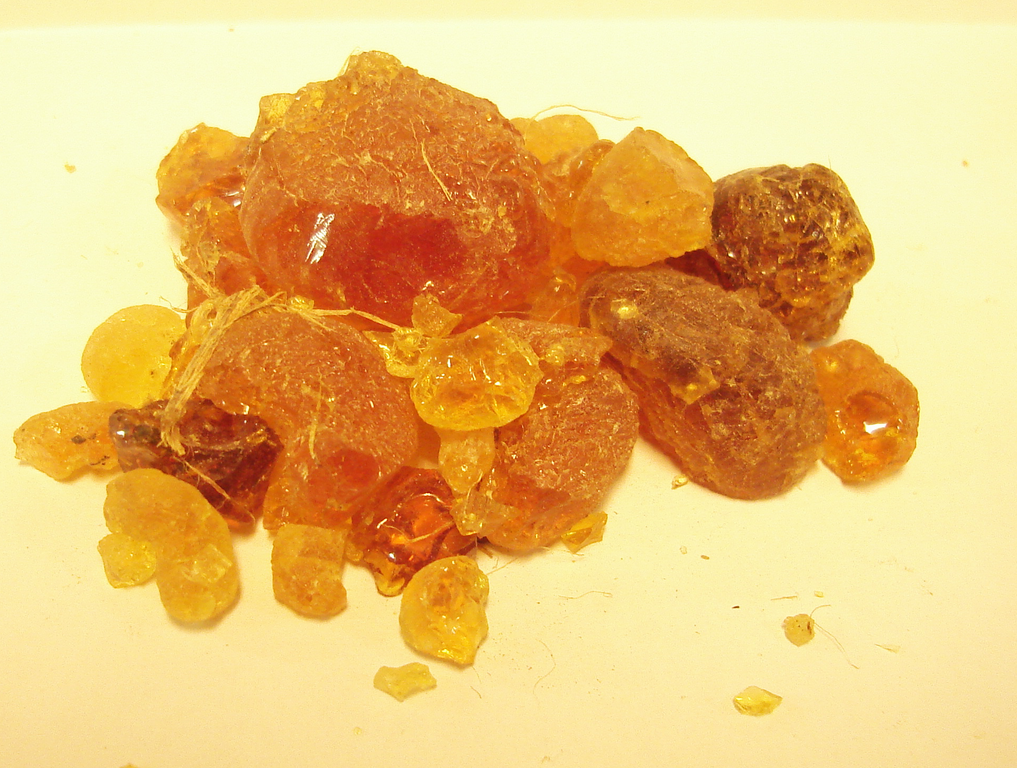Friday Fun Facts - 8/16/2013

Here are this week's Friday Fun Facts about Diana Gabaldon's books.

1) The photo above was taken on August 13, 2013, during the annual Perseid meteor shower. Click on the photo for a bigger view. (Photo credit: Mark O'Neill, of Digital Noise Photography, via Flickr.) You may recall that Lord John watched the Perseids with his father when he was a boy, as we saw in this bit from the Duke of Pardloe's journal:
…watched the Perseids fall before the dawn twilight this morning, with V. and John. We lay upon the lawn, and counted more than sixty meteors within the space of an hour, at least a dozen very bright, with a visible tinge of blue or green.What causes the Perseid meteor shower? According to this site,
He repeated the sentence to himself, making sure he had it word for word. That was the only sentence on the page Hal had burned that mentioned himself by name; a nugget of gold.
He hadn’t remembered that night at all, until the casual record brought it back: cool damp from the lawn seeping through his clothes, excitement overcoming the pull of sleep and the longing for his warm bed. Then the “Ah!” from his father and Victor—yes, “V.” was Victor Arbuthnot, one of his father’s astronomical friends. Was Arbuthnot still alive? he wondered. The sudden jerk of his heart at sight of the first shooting star—a brief and silent streak of light, startling as though a star had indeed fallen suddenly from its place.
(From LORD JOHN AND THE BROTHERHOOD OF THE BLADE by Diana Gabaldon, Chapter 3, "Pet Criminal". Copyright© 2007 by Diana Gabaldon. All rights reserved.)
Every year, from around July 17 to August 24, our planet Earth crosses the orbital path of Comet Swift-Tuttle, the parent of the Perseid meteor shower. Debris from this comet litters the comet’s orbit....The bits and pieces from Comet Swift-Tuttle slam into the Earth’s upper atmosphere at some 210,000 kilometers (130,000 miles) per hour, lighting up the nighttime with fast-moving Perseid meteors.Here's a collection of Perseid photos from last week's meteor shower. If you missed it, don't worry, there's always next year! <g>

2) This illustration shows the parts of an 18th-century musket. Click on the photo for a bigger view.
Here's Brianna's first try at firing a musket, in DRUMS:
He let her fire the long musket when she asked, showing her how to load a new round: swab the barrel, patch the ball, ram home ball, patch, and wadding with a charge of powder from the cartridge; pour the rest of the powder into the priming pan of the flintlock.
“You’re no a bad shot at all, lass,” he said, surprised. He bent and picked up a small chunk of wood, setting it on top of a large boulder as a target. “Try again.”
She did, and again, and again, growing used to the awkward weight of the weapon, finding the lovely balancing point of its length and its natural seat in the curve of her shoulder. It kicked less than she’d expected; black powder hadn’t the force of modern cartridges. Twice chips flew from the boulder; the third time the chunk of wood disappeared in a shower of fragments.
“Verra nice,” he said, one eyebrow raised. “And where in God’s name did ye learn to shoot?"
(From DRUMS OF AUTUMN by Diana Gabaldon, Chapter 42, "Moonlight". Copyright© 1997 by Diana Gabaldon. All rights reserved.)
I recorded this video on a visit to Guilford Courthouse Battlefield in 2011. It shows a re-enactor firing a musket.
From Wikipedia:
The phrase "lock, stock, and barrel" (which means "the whole thing") refers to the three main parts of a musket. The stock is the wooden base. The barrel is the tube where the musket ball (or other ammunition) accelerates and exits the weapon. The lock is the mechanism that causes the weapon to fire.For a detailed explanation of how a flintlock musket works, look here.

3) This photo, from WebMD.com, shows a man with swollen lymph glands as a result of mumps. From Wikipedia:
Mumps viral infections in adolescent and adult males carry an up to 30% risk that the testes may become infected (orchitis or epididymitis), which can be quite painful; about half of these infections result in testicular atrophy, and in rare cases sterility can follow.You can see why Claire was so worried about exposing Jamie to the disease:
"Is it a terrible thing, mumps? I thought only weans got it.”According to the CDC website, mumps is highly contagious,
“Well, normally it is a child’s disease,” I said, wincing at the touch of the soap. “But when an adult gets it--particularly an adult male--it’s a more serious matter. It tends to settle in the testicles. And unless you want to have balls the size of muskmelons--”
“Are ye sure ye have enough soap there, Sassenach? I could go and find more.”
(From AN ECHO IN THE BONE by Diana Gabaldon, Chapter 35, "Ticonderoga". Copyright© 2009 by Diana Gabaldon. All rights reserved.)
spread by droplets of saliva or mucus from the mouth, nose, or throat of an infected person, usually when the person coughs, sneezes, or talks....In addition, the virus may spread when someone with mumps touches items or surfaces without washing their hands and someone else then touches the same surface and rubs their mouth or nose.I've never had mumps myself, but my older brother came down with it on his 8th birthday in 1969.

4) This photo, from Wikipedia, shows what gum arabic looks like.
I opened the jar of gum arabic and, scooping out a bit into the palm of my hand, dribbled water into it and set about fashioning the resultant gooey ball into a roughly cylindrical plug, which I wrapped in a scrap of yellow calico printed with honeybees, finishing it off with a neat twist at the top.Gum arabic comes from the sap of the acacia tree. It is produced today mainly in the Sahel region of Africa, particularly in Senegal and Sudan. Its widespread commercial use (as an ingredient in soft drink syrups, candy, and watercolor paints, among other things) makes it a valuable commodity.
(From AN ECHO IN THE BONE by Diana Gabaldon, Chapter 31, "A Guided Tour Through the Chambers of the Heart". Copyright© 2009 by Diana Gabaldon. All rights reserved.)
This photo by Charles Cecil shows gum arabic on a branch of an acacia tree. For more information about gum arabic, look here.

5) Remember Roger telling Bree about the time he spent on a herring boat as a teenager?
"Come the summer I was fifteen, the Reverend signed me up on a fishing boat, and sent me to sea with the herring fleet. Couldna just say whether he did it to improve my character, keep me out of jail, or only because he couldn't stand me round the house any longer, but it did work. Ye want to meet hard men sometime, go to sea with a bunch of Gaelic fishermen."The photo above, taken in 1952, shows one of these boats, known as "drifters", from Kirkcaldy, Scotland. (Photo credit: Jack Harrison)
(From A BREATH OF SNOW AND ASHES by Diana Gabaldon, Chapter 6, "Ambush". Copyright© 2005 by Diana Gabaldon. All rights reserved.)
Here's a documentary from 1947 about the Scottish herring fleet. The video shows what it was like to work on one of those boats. As you watch this, imagine Roger, circa 1955, age fifteen or so.
You may be familiar with the song "Shoals of Herring", which is about those same Scottish herring boats. Here is a version I found on YouTube, sung by Robert Lawrence. I like the photos interspersed with the video.
I hope you enjoyed these Friday Fun Facts! Look here to see all of my Friday Fun Facts blog posts, and please come back next week for more.








Comments